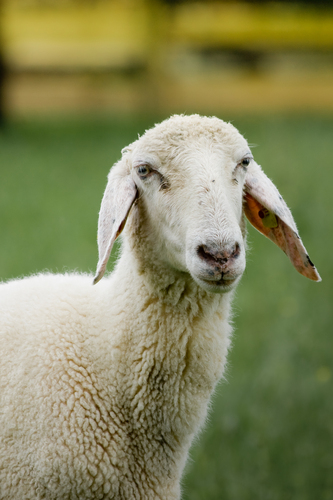
Domestic Sheep
Ovis aries, the domestic sheep, captivates with its woolly fleece and sociable nature. Integral to pastoral landscapes, these gentle grazers support ecosystems by maintaining grasslands. Known for their diverse breeds, sheep provide invaluable resources such as wool, milk, and meat, making them vital to human agriculture.
5-10 years
Lifespan
40.0 - 130.0 kg
Weight
Brown, Yellow, Black, White
Color
25 mph
Top Speed
Characteristics
Domestic sheep, Ovis aries, are herbivorous mammals known for their woolly coats, which vary in texture and color across breeds. They typically inhabit grasslands and are highly social, often forming flocks. Sheep are essential to agriculture for their wool, milk, and meat, and they play a role in maintaining pasture ecosystems.
Distribution Range of the Domestic Sheep
Ovis aries, commonly known as domestic sheep, originated in the Middle East approximately 11,000 years ago. They are now found worldwide due to domestication and farming.
Domestic Sheep's Habitat
Environmental Conditions
Domestic sheep are highly adaptable and can thrive in a variety of environments, from temperate grasslands and semi-arid regions to mountainous areas. They are often found in agricultural and pastoral landscapes where they graze on grasses and other vegetation.
Ecological Niche
As herbivores, sheep play a significant role in shaping vegetation patterns and maintaining grassland ecosystems. They are integral to agricultural systems for wool, meat, and milk production, and their grazing can help manage land vegetation.
Copyright @ Nature Style Limited. All Rights Reserved.
 English
English